Palmetto Bluff Real Estate Company Sales Office
Office Hours
Monday-Friday 9am - 5pm
Saturday 9am - 4pm
Sunday 12 - 4pm
Saturday 9am - 4pm
Sunday 12 - 4pm
February was an exceptional month for bird watching, even with the cold, wet weather we experienced. American robins and tree swallows
were seen in massive flocks feeding on holly, wax myrtle, and cedar berries. By mid-February, songs could be heard resonating throughout Palmetto Bluff from Carolina chickadees, northern cardinals, and other year-round species looking to attract mates.
The uncommon loggerhead shrike made an appearance during the Great Backyard Bird Count, coincidently in the same area of Davies Road as the year prior. Meanwhile, purple finches and pine siskins were observed at residents’ bird feeders in Moreland and River Road neighborhood.
A surprise sighting included American white pelicans soaring over both Wilson and Moreland Village, likely preparing for their journey north. And the last unique observation in February included an increase in wood duck activity around Barge Landing and River Road Preserve. Maybe we will see these ducks nesting in March?

March is when the birding world gets wild, as it is the first month of the spring migration and the beginning of the breeding season. We may observe a vast variety of songbirds traveling to their breeding grounds or setting up shop at Palmetto Bluff.
My tell-tale sign that the migration has truly begun is when I hear northern parulas
singing from the trees. Their distinct song is a rising, buzzy trill that suddenly drops at the end. Another warbler to look out for in March includes the prairie warbler, which can be heard along the Longleaf Pine Nature Trail. Their song is a consistent “zee” sound that accelerates and rises in pitch.
For those who enjoy a bit of nightlife, spend some time outside during the evening as chuck-will’s-widows, great horned owls, barred owls, and eastern screech-owls add their voices to the cacophony of frogs, all looking for mates or establishing territories. The last arrival I will mention is the ruby-throated hummingbirds making their appearance around mid-March. Need some nectar? The best recipe for hummingbird food is 1 part granulated sugar to 4 parts water with no red food coloring.
Bluebirds also begin their breeding season this month and you can either put up a bluebird box around your house or sponsor one through the Conservancy! For those looking to get more involved in bird watching, March is the perfect time to break open your field guide or birding apps and see what species can be expected during the migration.

There are many species that can be seen in March that went unmentioned above. If you see or photograph something you wish to share, you can submit your sightings to Aaron Palmieri at apalmieri@pbconservancy.org and they may appear in next month’s update!
February’s Unique Sightings:
February Contributors:
David & Jerry Miller, Mark Aher, Bruce Becker, Paul & Jeanne Yhouse, Amy Shakelford, Charlie Bostwick, Brian Byrne, Joseph Teklits, Wendy & Rob Goshert


Palmetto Bluff’s Moreland Village feels a world away from the more traditional architecture of the iconi...
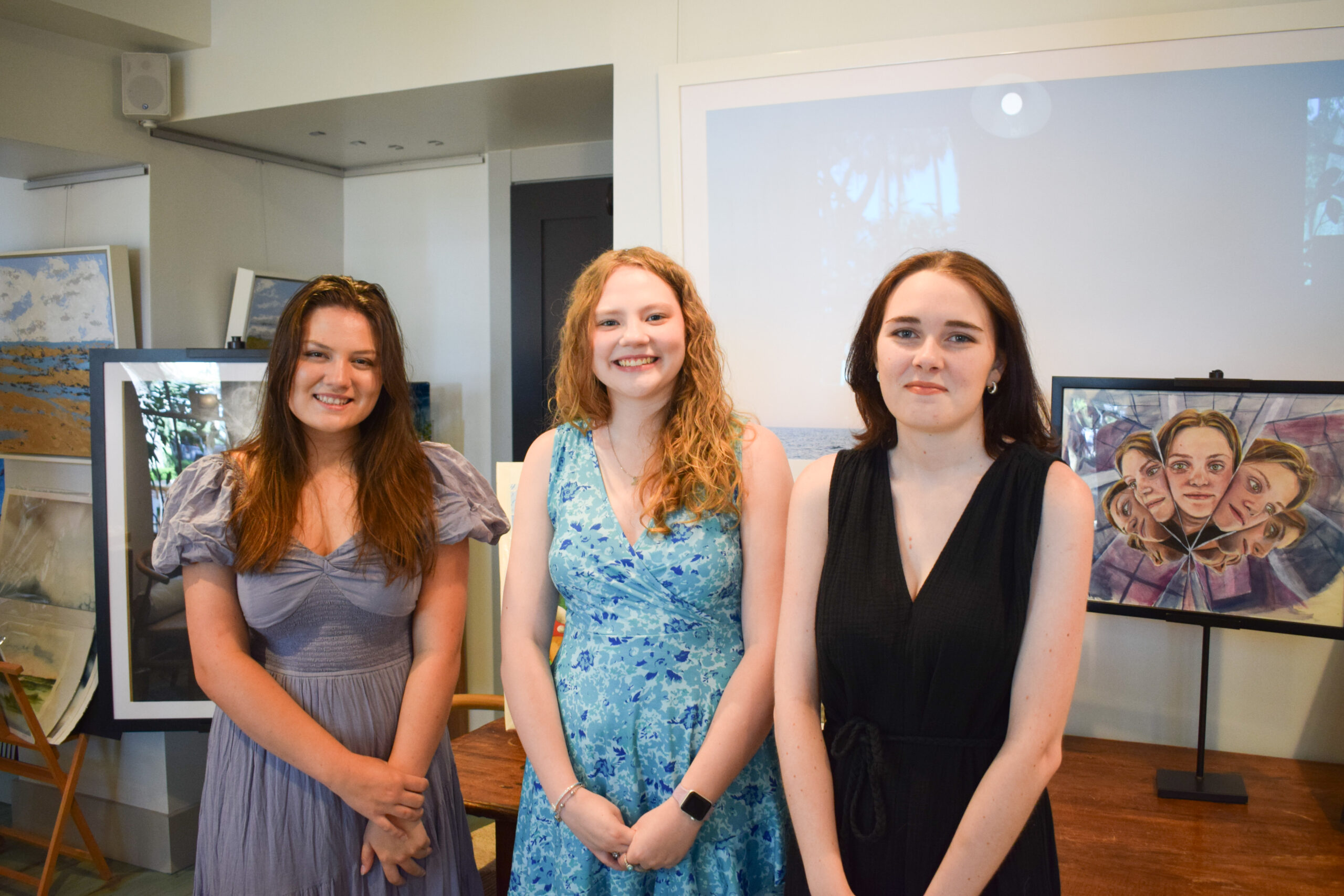
We are thrilled to introduce the inaugural winners of the Inspiring the Arts Scholarship—three extraordinary young women pursuing their artistic dreams through higher education! Katherine Donahue has been named our first official scholarship recipient, wit...

From handmade jewelry to performance wear, the latest arrivals at Palmetto Bluff’s retail spots capture the season in true Lowcountry style. This summer, the Bluff’s shops are full of fresh finds, carefully chosen by our trusted retailers—including FLOW Galler...
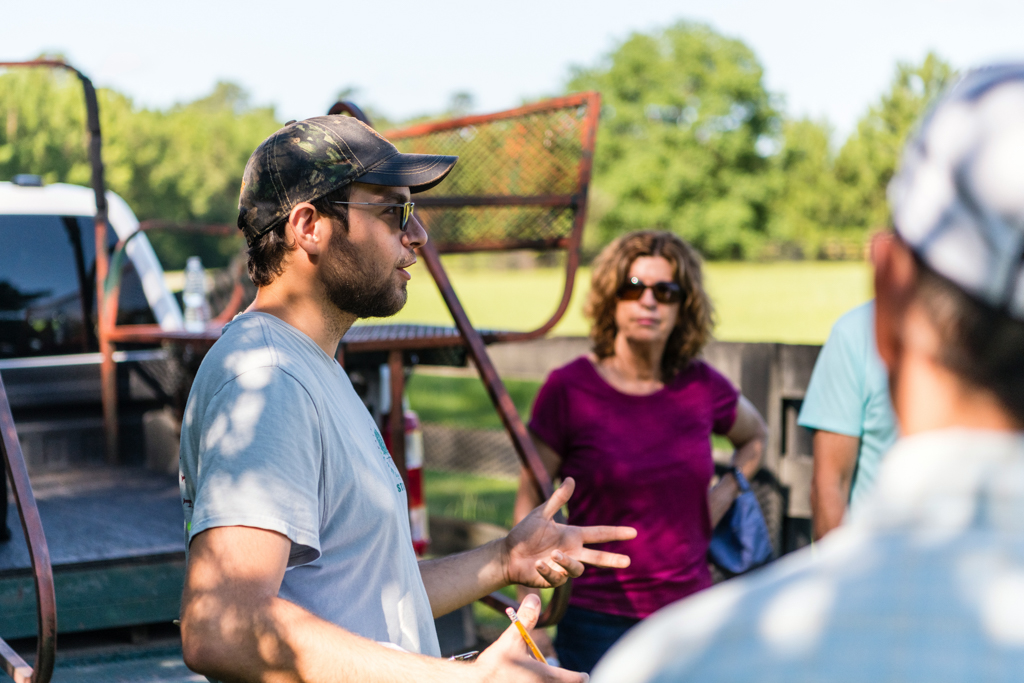
Citizen Science is Thriving at Palmetto BluffDid you know that residents of Palmetto Bluff are playing a vital role in national and global conservation efforts—all from their backyard?Through the Palmetto Bluff Conservancy’s growing Citizen Science programs, c...

In October 2024, Grammy Award-winning musician Clay Ross visited Palmetto Bluff as part of The Arts Initiative's Artist in Residence Program. Through storytelling and song, he explores identity, heritage, and the universal language of sound. By Barry Kaufman ...
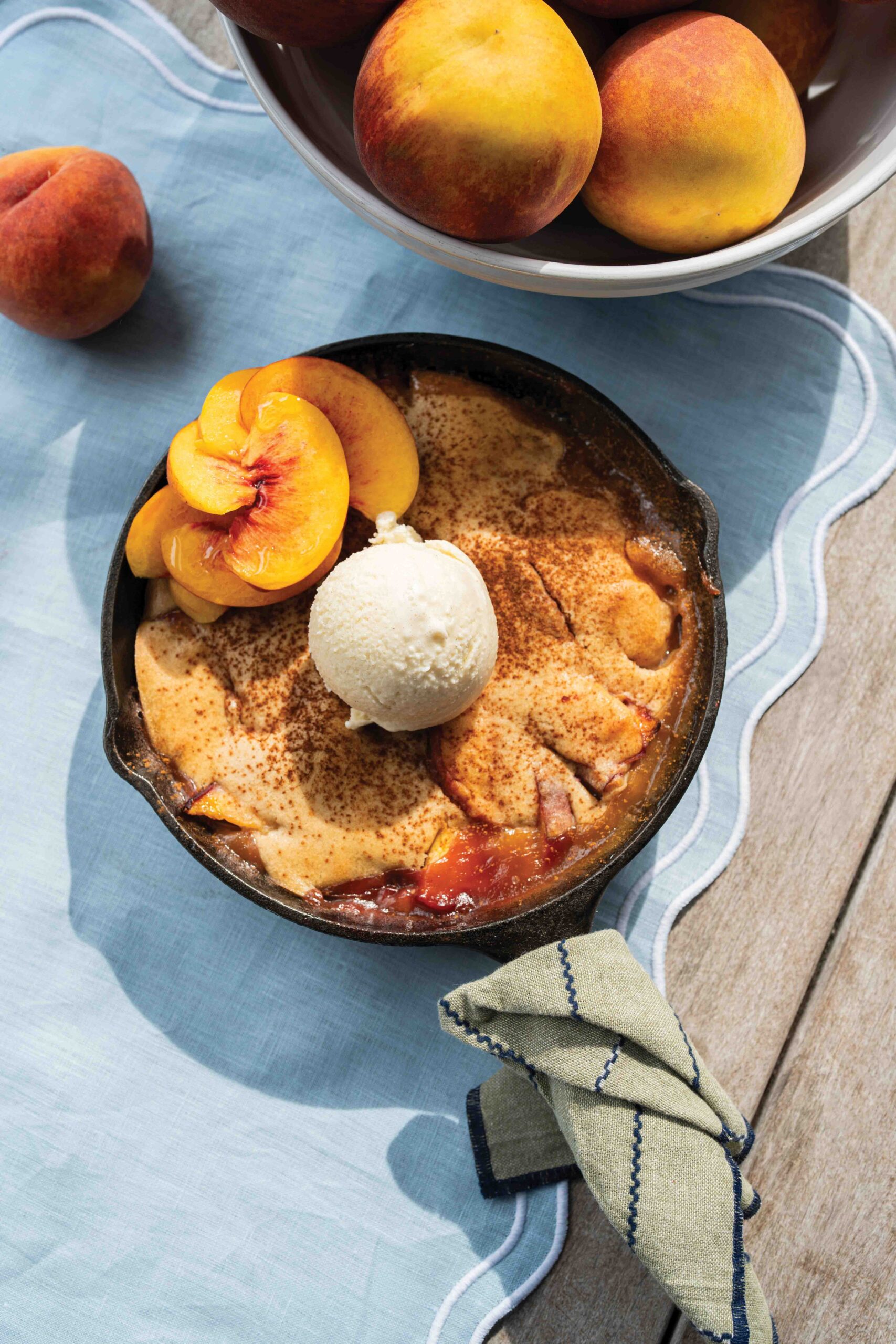
Palmetto Bluff Club Executive Chef Beth Cosgrove and Director of Culinary, Chef Rhy Waddington, Cook Up Four Peachy Recipes for a Summer in the South. Is there anything more iconic than a southern peach? A symbol of summer and Southern heritage, the peach car...
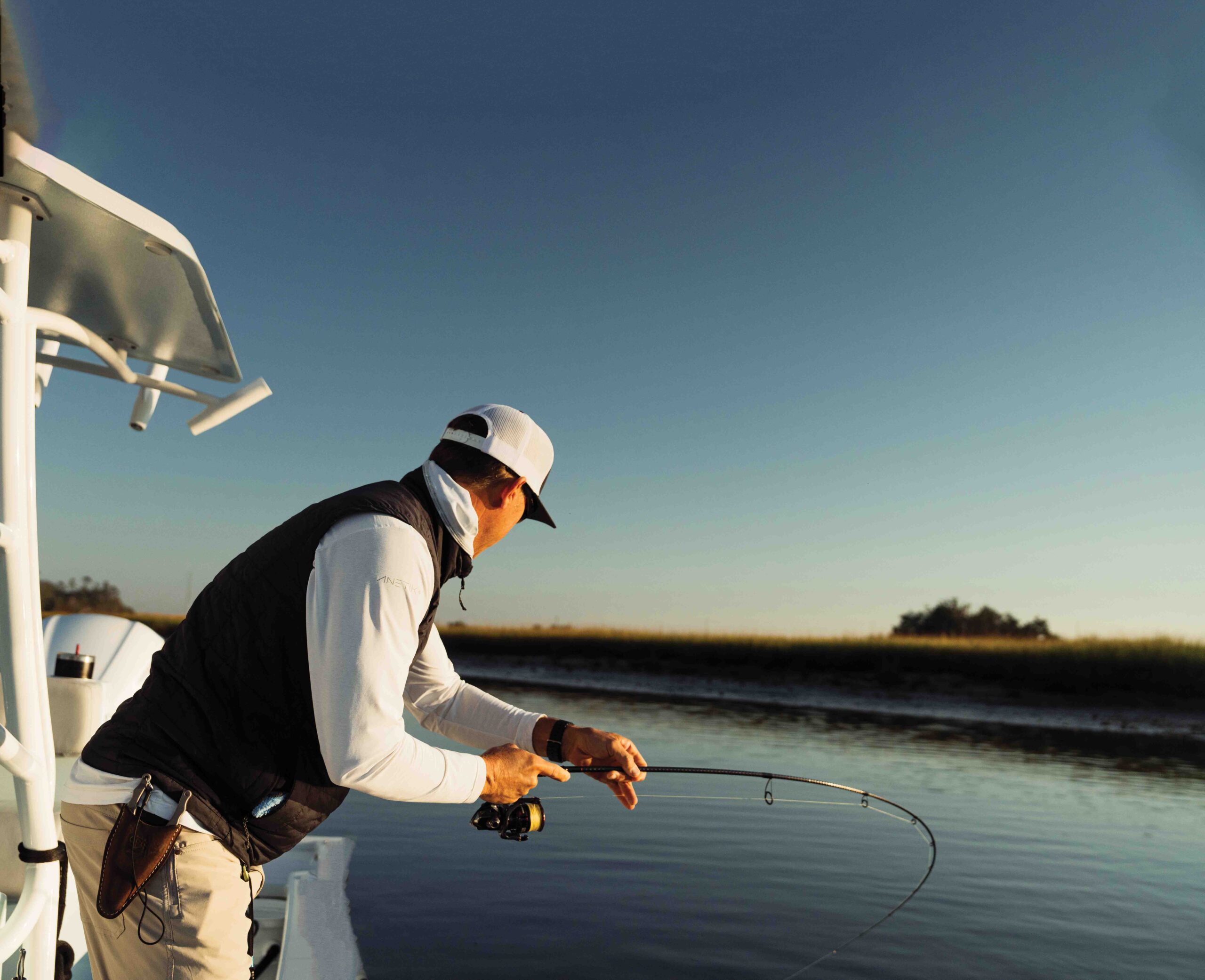
Following the tides and angling for redfish in Lowcountry creeks and estuaries with Captains Brian Vaughn and Will Stephens Story by Sandy Lang It is a sunny morning in October and the water is calm and glassy. The silence is punctuated by a gush of breath f...
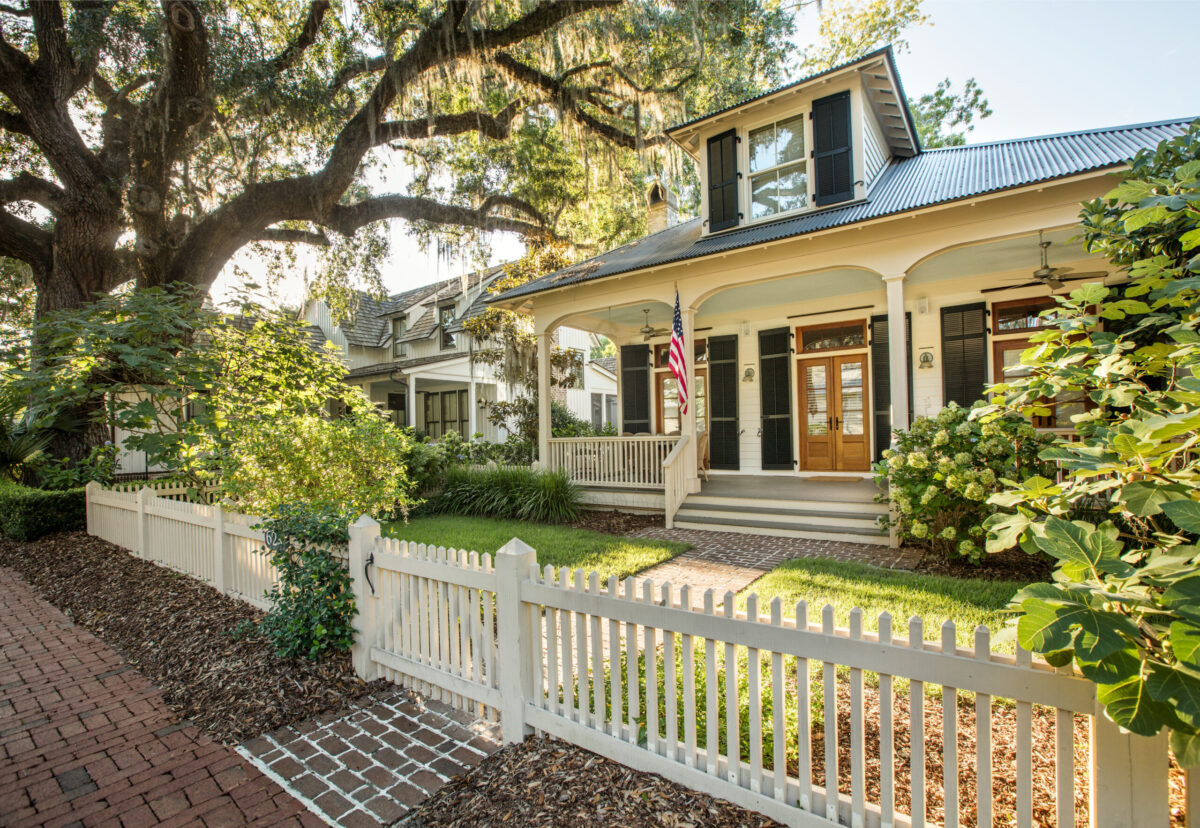
7 Ways To Upkeep Your Palmetto Bluff Home As spring arrives in the Lowcountry, the change in season brings more than blooming marshlands and sun-drenched afternoons; it’s also a perfect time to refresh and care for your Palmetto Bluff home. Coastal living mea...

When the land speaks, you listen. And at Palmetto Bluff, it spoke to two of golf’s most legendary course designers—Bill Coore and Ben Crenshaw. We invite you to watch our newest video, shot this past winter and featuring Bill and Ben, along with South Street P...

5 Renovations to Increase the Value of Your Lowcountry Home Whether Palmetto Bluff is your full-time residence or a cherished retreat, deciding to sell is never a quick or casual choice. However, when the time does come, you want your home to be as market-rea...
Learn about the Palmetto Bluff Conservancy and how we keep the vision of our land in place.
On land or water, there is an ever-evolving variety of activities.
We do not attempt to independently verify the currency, completeness, accuracy or authenticity of the data contained herein. All area measurements and calculations are approximate and should be independently verified. Data may be subject to transcription and transmission errors. Accordingly, the data is provided on an “as is” “as available” basis only and may not reflect all real estate activity in the market”. © [2023] REsides, Inc. All rights reserved. Certain information contained herein is derived from information, which is the licensed property of, and copyrighted by, REsides, Inc.